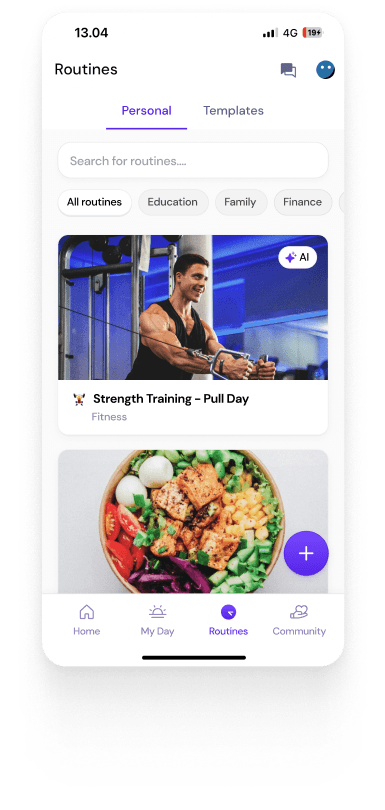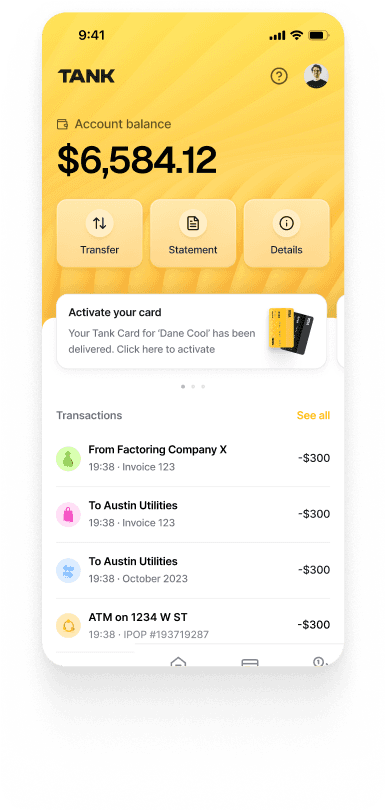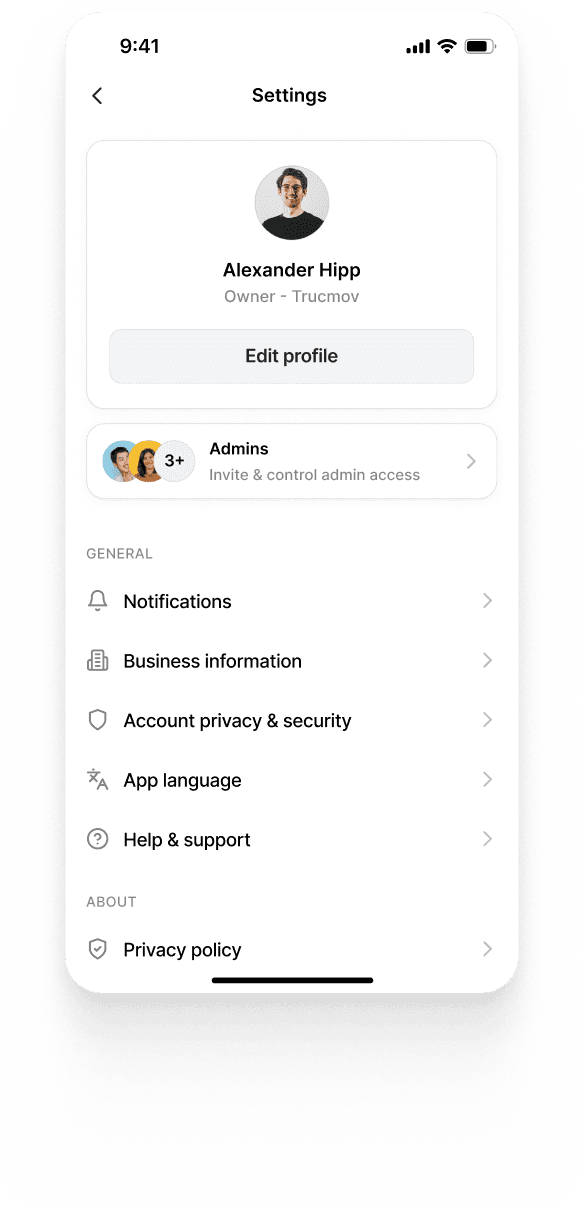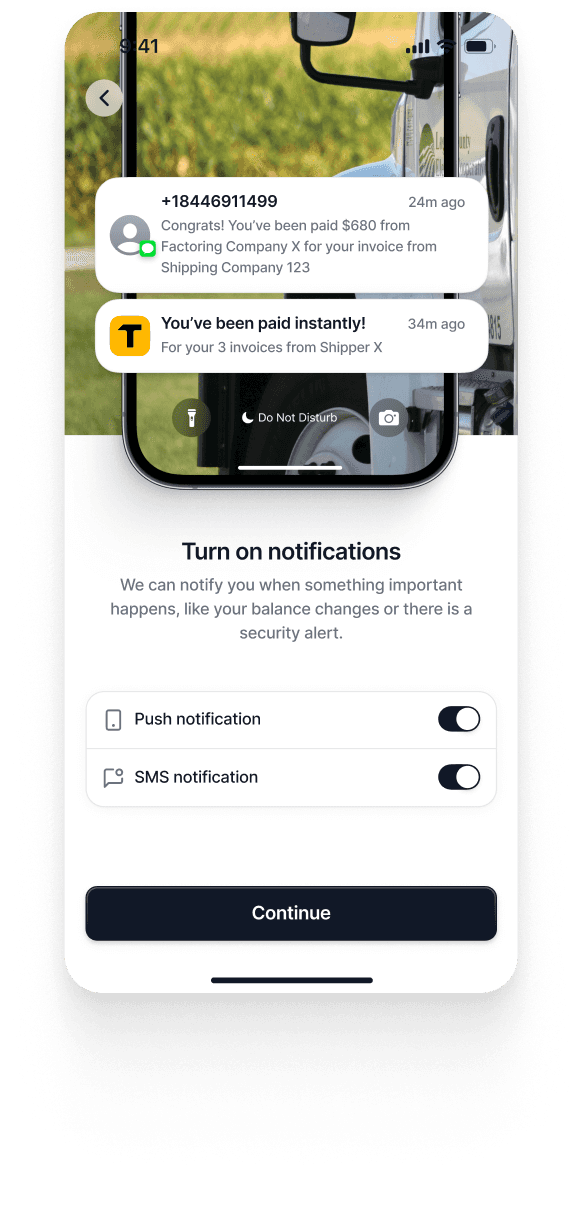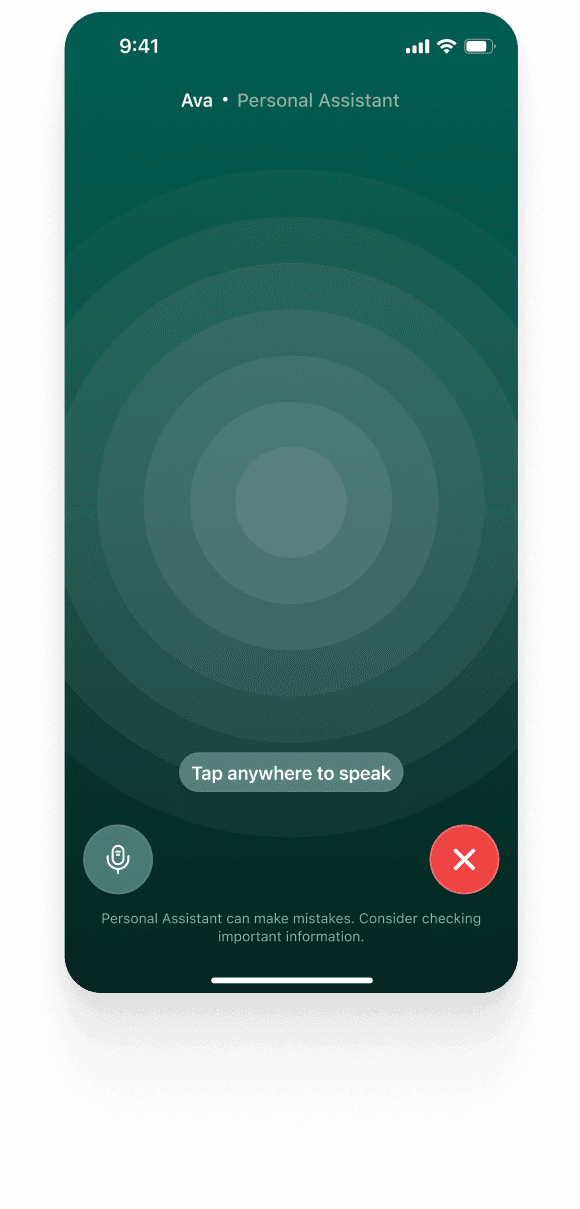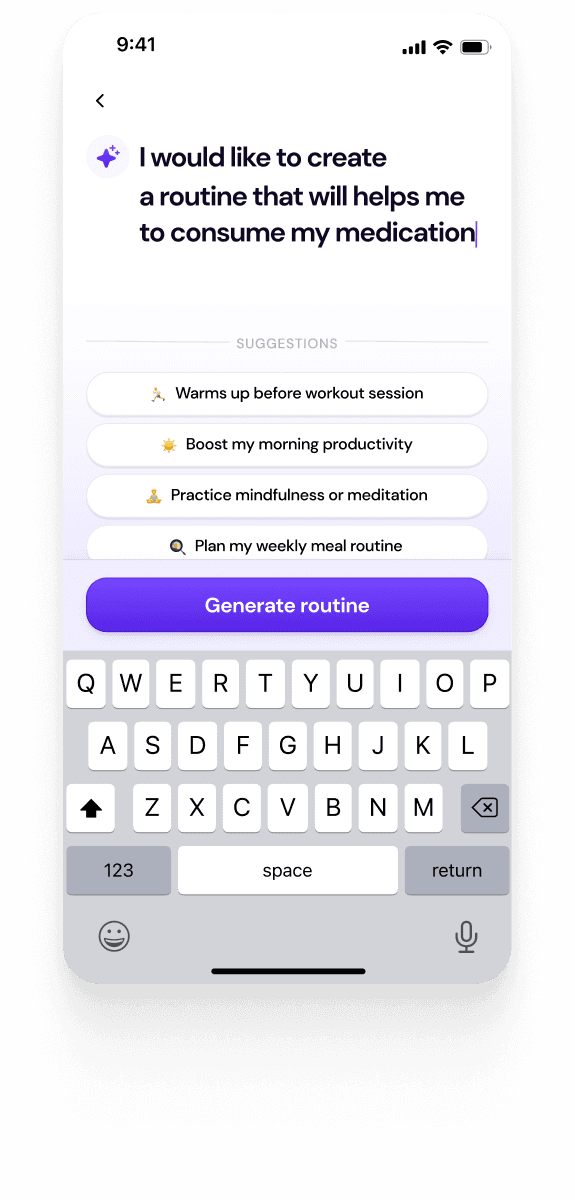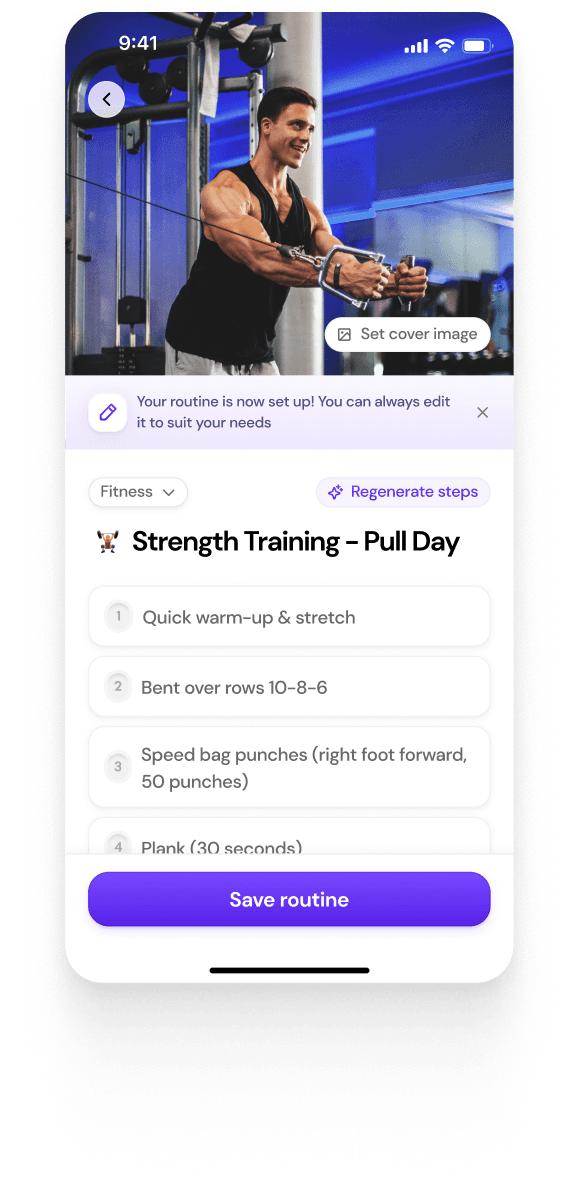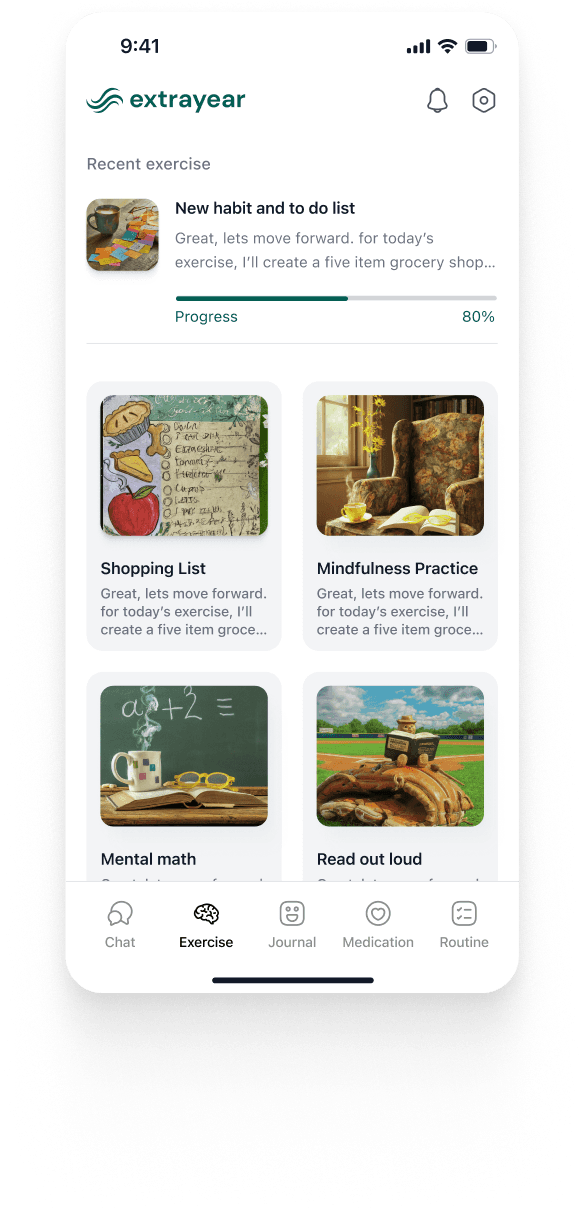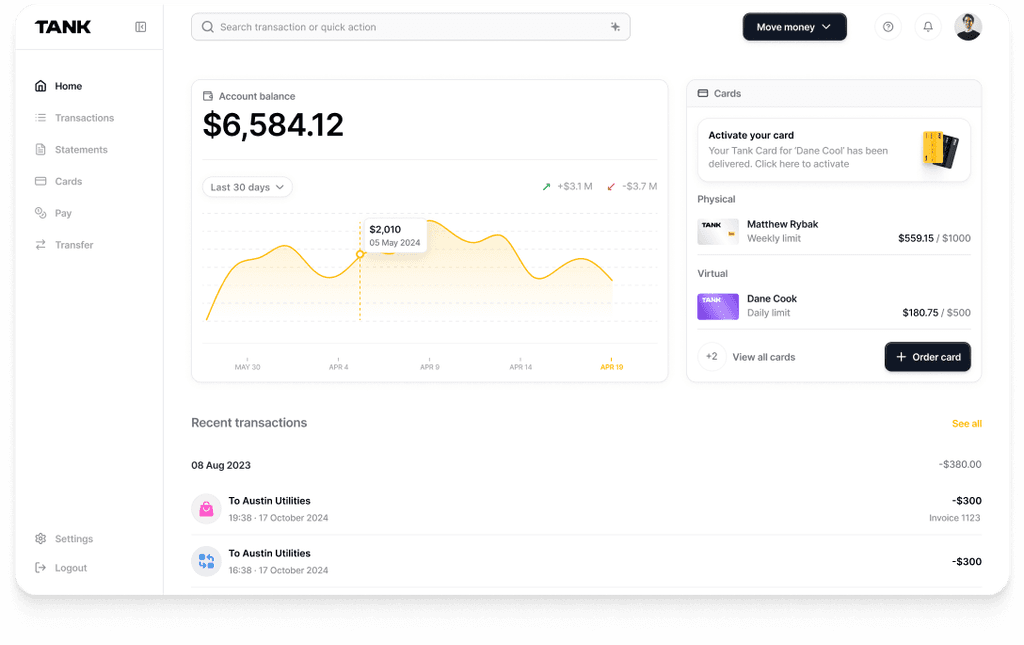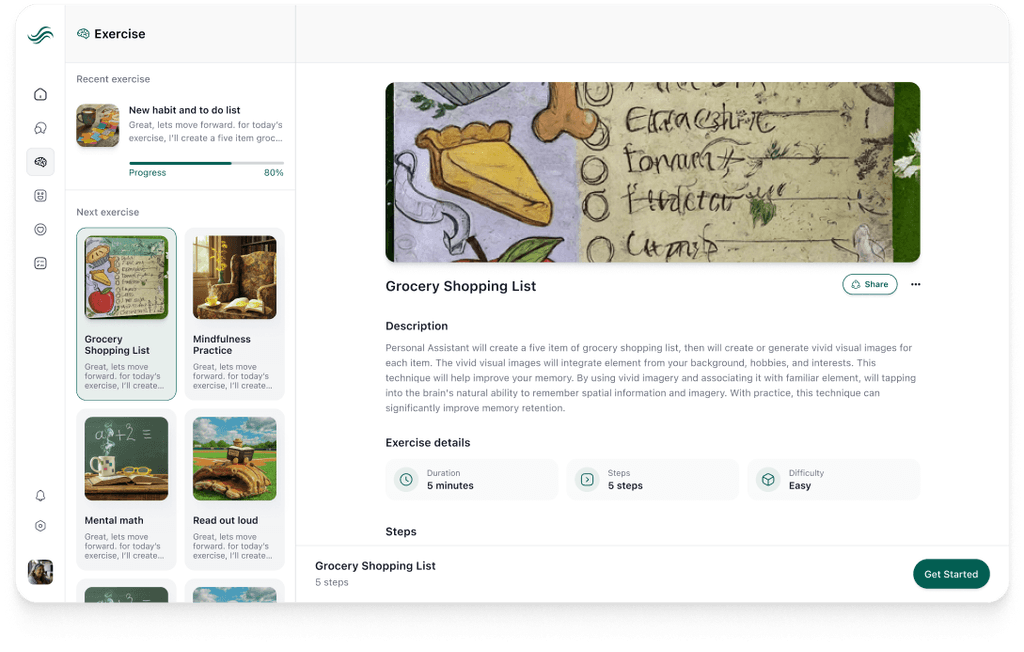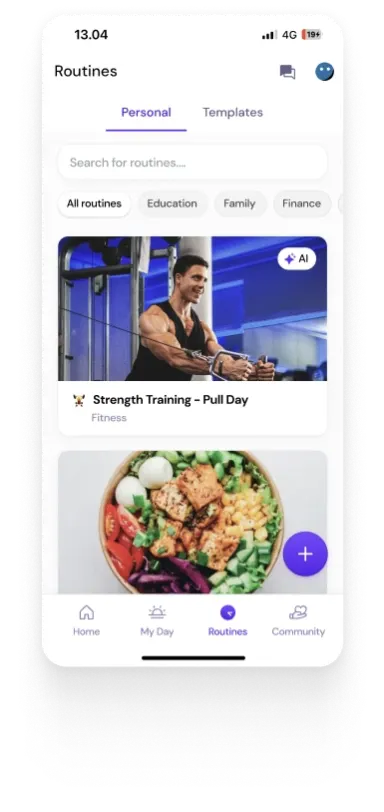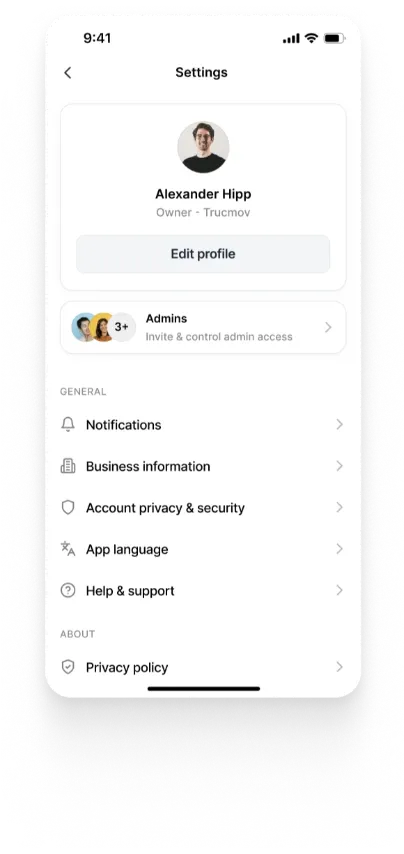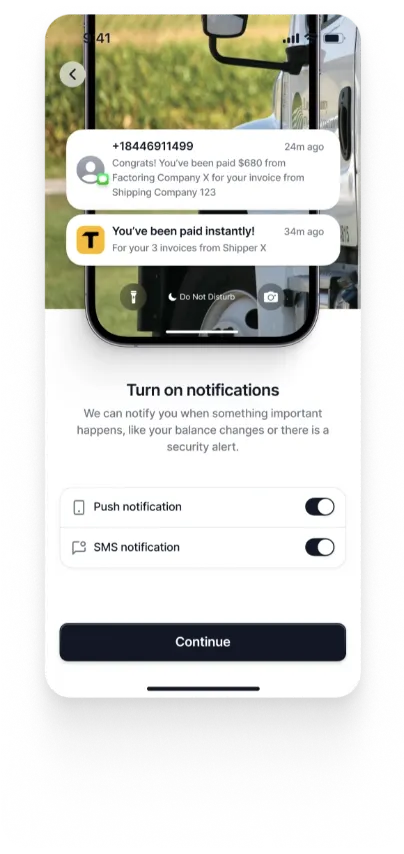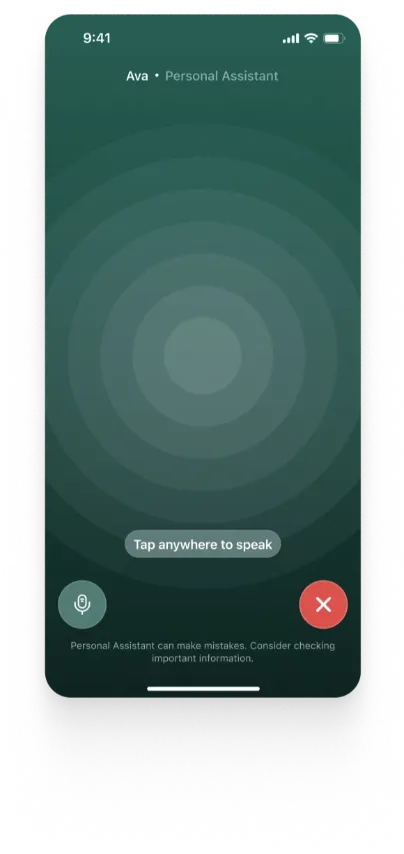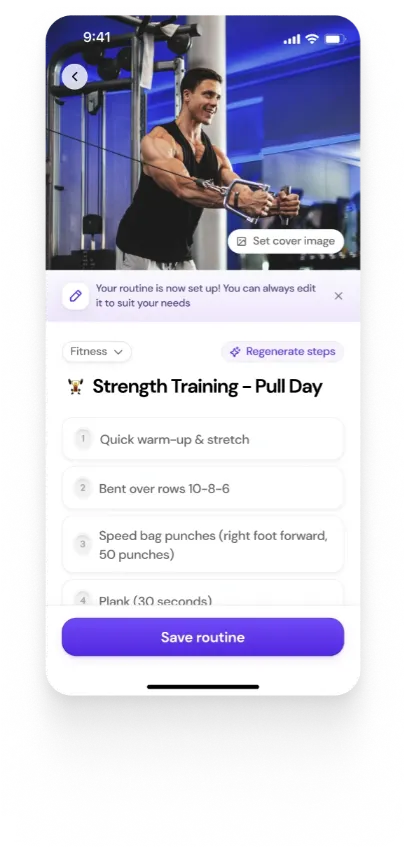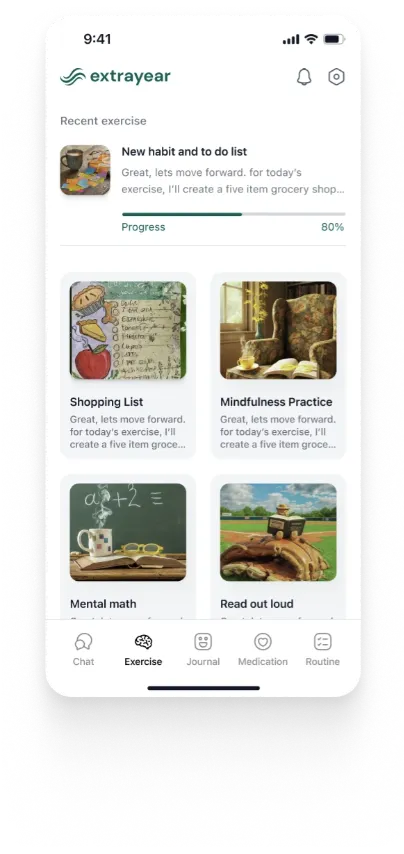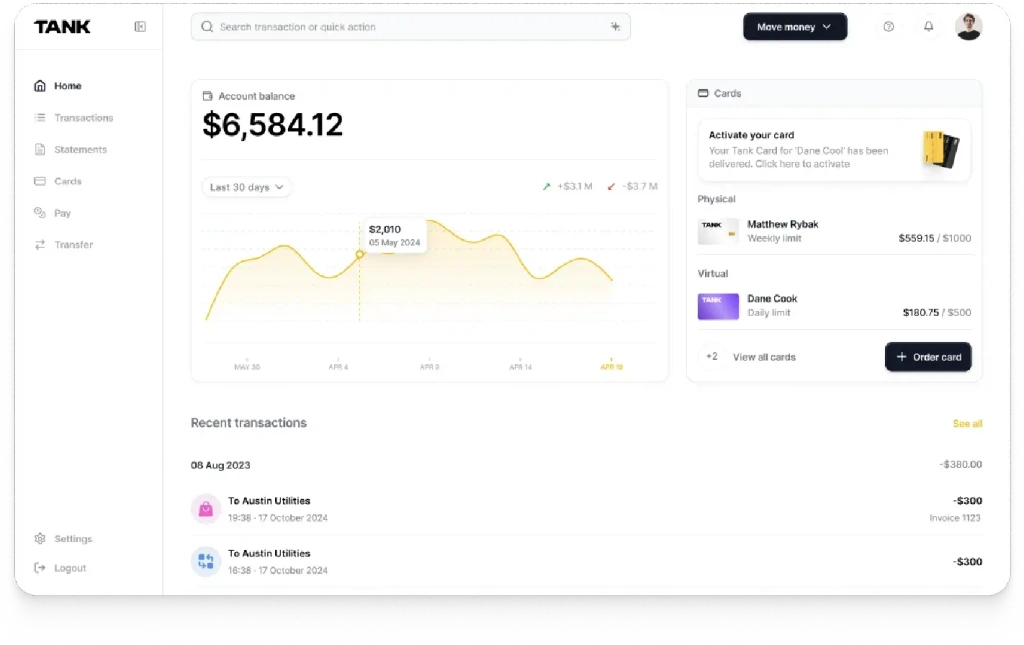From GitHub to Play Store: How Steve Manages Flutter Releases End-to-End
Mar 25, 2025
Summary
Steve automates the entire Flutter release lifecycle—from GitHub repo setup and AI-powered code generation to Firebase deployment and future Play Store publishing. Its persistent project memory, conversational UI, and structured validation pipeline ensure high-quality, production-ready apps with minimal human input. Steve transforms releases from fragmented sprints into seamless, AI-orchestrated flows.
Key insights:
AI-Driven Dev to Deploy: Steve manages every phase—repo creation, code gen, validation, and Firebase deployment—via natural language and structured memory.
Smart Error Resolution: A validation loop detects, ranks, and fixes code issues automatically, ensuring robust, compliant builds.
Auto-Published PRs with Previews: Each pull request includes live preview links and detailed summaries, enhancing team collaboration.
Firebase Hosting Integration: Deployment is automatic, complete with dynamic config generation and live QA-ready URLs.
Roadmap to App Stores: Steve is evolving toward full Play Store/App Store release automation—build packaging, asset creation, and listing optimization.
Release Metrics for Teams: Time-to-deploy, error resolution rates, and code complexity are tracked to improve quality and planning.
Introduction
In an era of compressed timelines and ever-increasing user expectations, building high-quality, AI-powered Flutter applications at speed is no longer optional—it is a business imperative. The landscape of app development has shifted. Teams need to iterate rapidly, maintain engineering quality, and distribute across platforms without being bogged down by the operational complexity. This is where Steve, the first AI Operating System by Walturn, redefines the paradigm. Steve provides a fully automated, AI-driven Flutter release pipeline that handles everything from initial code generation to final deployment on platforms like Firebase Hosting and, in the near future, the Play Store and App Store.
For decision-makers and engineering leaders, understanding how Steve manages this process end-to-end reveals not just a smarter way to build apps, but a glimpse into the future of cross-platform AI development. Steve does not merely write code; it orchestrates a sophisticated and modular release framework that integrates GitHub, Flutter, Firebase, and upcoming store deployments—all powered by a conversational interface and structured project memory.
This insight explores how Steve leverages its Vibe Studio to automate, optimize, and secure the release lifecycle of Flutter applications. Whether you are aiming to build a Flutter app with AI, streamline your CI/CD flow, or scale your development efforts, Steve's release management system offers a compelling case for the future of AI-first engineering.
Project Initialization and Repository Management
The journey from code to release begins with Steve’s App Builder Workflow, a structured process that starts by setting up a private GitHub repository. Upon user initiation, Steve provisions the repository, setting up essential directories, configuration files, and a scaffolded codebase built on Flutter.
This automated GitHub setup ensures a reproducible, traceable environment where every action is version-controlled and linked to specific user interactions. Each code update spawns a new feature branch and an associated pull request, ensuring that changes remain isolated, reviewable, and auditable.
Steve’s project memory system plays a critical role here. As the app evolves, this memory stores a live “code bible”—a comprehensive snapshot of the entire codebase architecture. This allows the AI assistant to track dependencies, file relationships, and previous iterations without requiring manual annotations or developer recall. For example, if a developer later requests a UI modification or API integration, Steve uses this memory to accurately identify relevant components across screens, themes, and data models.
AI-Driven Code Generation and Iteration
Once initialized, Steve enters its most transformative phase: AI-driven development. Developers and non-technical users interact with the Engineering AI Assistant through a conversational interface, making high-level requests like “Add a login screen with Firebase authentication” or “Change the theme to match our brand colors.”
Each request triggers a structured change process that unfolds in multiple phases:
1. File Analysis
Steve analyzes the request and maps it to specific files within the Flutter project. For instance, a UI change might affect main.dart, a screen widget, and associated theme files. The AI assistant uses contextual reasoning—powered by models like Claude 3.7 Sonnet and GPT-4—to pinpoint all affected components, even across complex modular architectures.
2. Code Generation with Validation
Code changes are generated using a mix of pre-trained templates and real-time AI completion. This phase includes a self-validation loop: if any required files are missing or inconsistencies are detected, Steve regenerates or patches the missing content before proceeding. This ensures every change is structurally complete and adheres to Flutter standards.
3. Error Detection and Fixing
Steve performs real-time syntax and logic checks using Dart’s built-in analysis tools. If issues are found, it launches a smart error resolution loop. This system identifies, ranks, and fixes errors one file at a time while continuously evaluating progress via metrics like error reduction rate and architectural complexity impact. This tight loop is crucial for ensuring that AI-generated code does not just compile—it conforms to best practices.
Build, Deploy, and Host with Firebase
Once the application is validated and error-free, Steve compiles it into an optimized web format using Flutter’s build system. This includes asset bundling, code minification, and performance tuning to ensure the app runs smoothly in production.
Deployment is handled via Firebase Hosting. Steve’s automated pipeline:
Configures Firebase projects dynamically using Google Service Account credentials.
Generates and validates a compliant firebase.json config file.
Uploads the build directory to Firebase’s servers.
Retrieves a public preview URL for the deployed app.
This preview link is essential for stakeholder validation and live testing. It is automatically embedded into the pull request documentation, providing reviewers with a working version of the app for real-time QA.
Pull Request Documentation and Collaboration
What sets Steve apart is its documentation fidelity. Each modification culminates in a fully-formed pull request, auto-authored by the AI system. The PR includes:
A concise, action-oriented title (e.g., “Implement Firebase Authentication with Responsive UI”)
Detailed change summaries with architectural impact and technical rationale
Status of testing and error checks
A live preview URL for browser-based testing
This documentation is not an afterthought—it is a strategic bridge between automated development and human oversight. By providing high-context documentation, Steve ensures that teams can review, approve, and ship features confidently, even if they were not directly involved in the AI-assisted coding process.
Toward Mobile App Store Releases
Although Steve currently targets web deployments via Firebase Hosting, its architecture is explicitly designed for future expansion into mobile store distributions. Its Flutter-based foundation ensures that every app it builds is already mobile-ready. The same codebase can be compiled for Android (APK/AAB) or iOS (IPA), and the existing pipeline supports export commands for these builds.
Upcoming enhancements include:
Automated generation of Play Store assets (e.g., icons, feature graphics, screenshots)
CI integration with Play Console and App Store Connect APIs
Store listing generation powered by AI (titles, descriptions, keyword optimization)
Alpha, beta, and production channel management with automated versioning
This roadmap transforms Steve from a web-first deployment platform to a true cross-platform release engine, capable of taking AI-built Flutter apps from GitHub to the Play Store with minimal manual effort.
Performance Tracking and Reliability
At the core of Steve’s release lifecycle is a performance evaluation framework. This system tracks metrics such as:
Time from change request to live deployment
Initial vs. resolved error states
Codebase complexity impact post-change
Build success rates across environments
These metrics are not merely diagnostic—they power Steve’s own learning loops. By analyzing what worked and what failed, the system optimizes its prompt engineering and error resolution strategies over time, ensuring each release is more robust than the last.
This evaluative loop also empowers business stakeholders. With clear metrics on delivery velocity, defect resolution, and build stability, leaders can make informed decisions on release readiness, team capacity, and investment in new features.
Conclusion
Steve reimagines the release pipeline not as a collection of fragmented tools, but as a unified, intelligent system. From the moment a user initializes a repository to the second a live preview URL is shared—or eventually, an APK is uploaded to the Play Store—Steve orchestrates every step with AI precision, developer transparency, and operational agility.
Its end-to-end Flutter release management—spanning GitHub automation, intelligent code generation, Firebase deployment, and forward-looking store integration—positions it as more than just a dev tool. Steve is the operating system for AI-driven product engineering.
Release Flutter Apps with AI—Start with Steve
Take your Flutter projects from code to live deploys (and soon the Play Store) in hours, not weeks. Steve's Vibe Studio automates every release step—from smart pull requests to Firebase Hosting—and is built to scale with future app store deployment.










